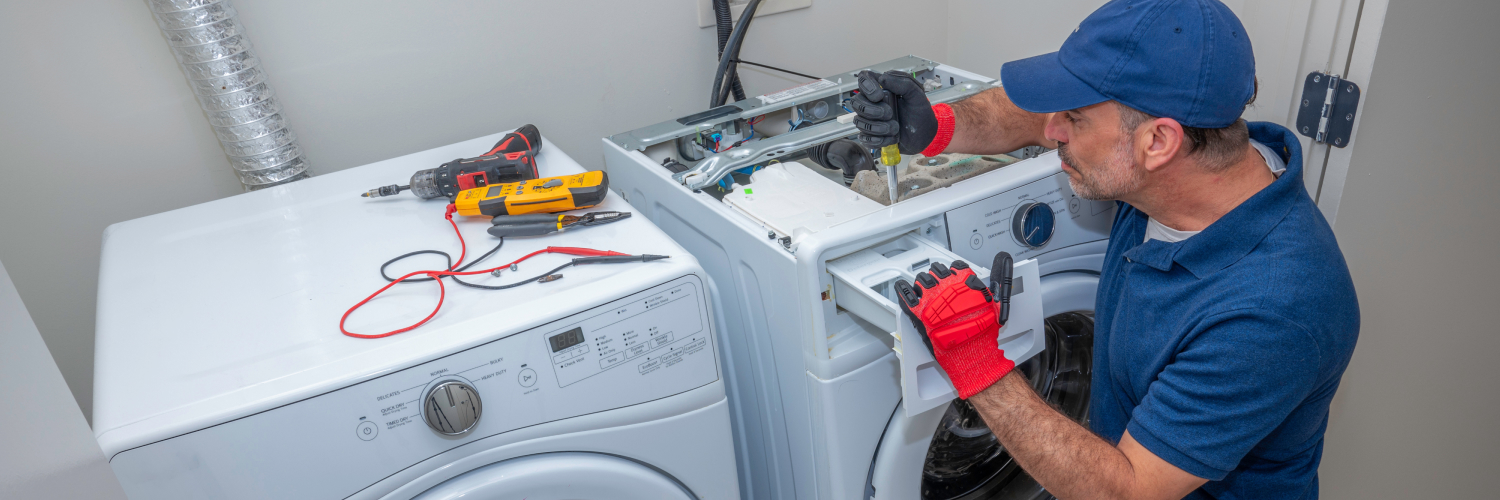Timing Your Upgrades: When to Renovate vs. Replace


As year-end inspections get underway, property teams are walking units, reviewing capital plans, and making tough calls about which assets to repair and which to replace before 2026 budgets lock in. These decisions shape more than next year’s spending; they determine the long-term health, efficiency, and perception of your properties.
Balancing repairs against full replacements requires both financial discipline and operational foresight. That’s where data, lifecycle analysis, and connected technology come into play.
The End-of-Year Sweet Spot
Late fall and early winter offer a strategic window for capital planning. Most teams are finishing seasonal maintenance, vacancy rates stabilize, and performance data for the full year becomes available.
By combining this data with physical walkthroughs, operators can pinpoint assets nearing end of life; rooftop units losing efficiency, aging flooring, or plumbing fixtures that no longer justify recurring service calls. The question isn’t just what failed this year, it’s what will cost you more to maintain next year.
Repair or Replace? A Framework for Smarter Decisions
Every asset has an inflection point where repair spend outweighs replacement value. Evaluate three key factors:
1. Lifecycle Stage:
- Compare the asset’s current age and condition against manufacturer life expectancy.
- If an asset is beyond 80% of its expected life and requires more than two major repairs per year, replacement is often more cost-effective.
2. Operational Impact:
- Measure how downtime affects residents, leasing, or customer experience.
- If recurring issues cause multiple work orders or tenant disruptions, replacement reduces soft costs and improves satisfaction.
3. Total Cost of Ownership (TCO):
- Look beyond initial repair costs—factor in energy efficiency, warranty coverage, and vendor availability.
- A higher upfront investment may deliver significant savings in operating expenses and future labor.
Platforms like One by Lessen™ give operators visibility into service history and spend across their portfolios, helping teams identify assets that are consuming disproportionate maintenance dollars.
Renovate Strategically, Replace Proactively
When capital budgets are tight, targeted renovations can extend asset value. Flooring refinish programs, fixture upgrades, and cosmetic refreshes often provide measurable ROI without a full replacement cycle.
But waiting too long can drive reactive spend higher than the cost of planned replacement. Predictive tools help property managers anticipate failure risk based on usage patterns, climate data, and historical work order trends turning reactive replacements into proactive projects.
The result: fewer emergencies, more predictable budgets, and assets that perform better for longer.
Integrate Decisions Into Your 2026 Plan
A data-driven repair-versus-replace strategy ensures your capital dollars work harder. As you finalize end-of-year walkthroughs, consider:
- Which assets consumed the most maintenance spend in 2025?
- Where can replacements deliver operating savings next year?
- How can predictive data improve your budgeting accuracy for 2026?
Answering these questions now positions your portfolio for smoother, more efficient operations year-round.
Plan Smart. Spend Smarter.
Whether it’s a major HVAC retrofit or a phased renovation program, timing matters as much as budget. Lessen brings visibility, analytics, and execution together to help operators make confident lifecycle decisions across every property type.
Contact Lessen to evaluate your asset lifecycle health, uncover savings opportunities and insights to predict when to renovate versus replace. Build a proactive plan that protects your portfolio and your bottom line.

- This is my list